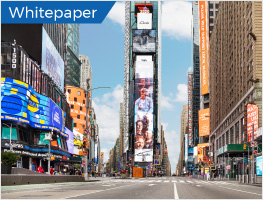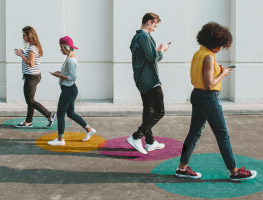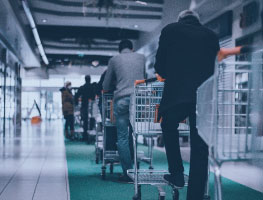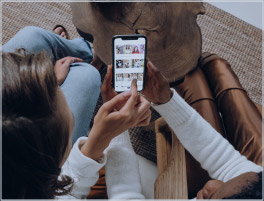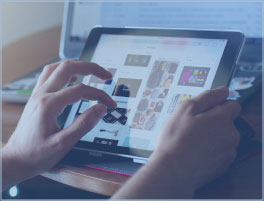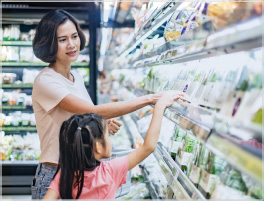By collecting new public data to better understand people’s thoughts, feelings and needs monthly, we are able to have an oversight on what is changing for consumers due to the COVID-19 crisis. One prominent finding over just the first two months of our Understanding the New Normal global tracker program is that worldwide, people’s biggest concerns have shifted from being health-related (as they were at the start of the pandemic) to financial worries. This is perhaps not surprising given that many countries are relaxing lockdown measures as the virus slowly becomes more under control, but the economic impact of months of business closure continues to ramp up. As a brand owner, how can you better understand your consumers’ anxieties now? And what’s the solution for your business? In the immediate aftermath of COVID-19’s impact on the economy due to lockdowns, economists and investors were quick to draw parallels between the financial crisis that is staring us in the face right now with those that the world has endured in the last 100 years. People have been quick to compare the devastations with the financial crisis of 2007-08 – brought on by the collapse of the housing bubble in the US, the most hard-hitting crisis since the Great Depression. But the World Economic Forum warns that in fact we shouldn’t be comparing the COVID-19 crisis to what happened in 2008. While on the face of it, we can generalize the recession at our doorstep, the crises have very different origins which directly affect the impact on consumers. One type of crisis preys on the cumulation of weaknesses in the financial system, and over time impacts most people in stages. The other has an immediate and direct impact on consumers’ daily lives. Endogenous risks (the first kind, those that grow over time like a storm) caused the 2008 crisis. But COVID-19 is an exogenous risk, coming as a complete surprise to the system and consumers. The banks were the critical cog that was most unstable in 2008, and they’re in a much better shape today to potentially withstand the COVID-19 shock (to an extent). But the challenge is the impact that COVID-19 is having on elements outside the financial sector: Lockdowns across the world are impacting global output and trade, and travel just to name a couple – what many experts are calling an impact on the ‘real economy’, that of businesses and their workers. Exogenous events typically hurt the ‘real’ economy and push it into what many call a ‘real recession’. While these ‘real recessions’ tend to be more benign than recessions driven by policy decisions or financial crises, they tend to have a more immediate impact on consumers. The direct economic impact of COVID-19, contrary to the 2008 crisis, is on the mom and pop stores who have had to close for 2 months, the small bed and breakfasts that are looking at a blank calendar for the rest of the year or the automobile car salesmen dealing with cancelled bookings. In short, it’s much closer to home for most people. And as consumer confidence and income fall, there’s an immediate impact on consumption – consumers become more cautious and avoid discretionary spends. For many, the impact on the ‘real economy’ is very close to home. In the immediate aftermath of COVID-19, global financial and trade bodies, educational intelligentsia and news publishers are delivering one scary headline after another: Consumers are bombarded with these statistics, and people are increasingly worried about the status of their individual financial health – their savings, their ability to cope with job losses, furloughs or salary cuts. These worries are more pronounced in developing economies (like Thailand, India, Indonesia etc.) due to their dependence on the informal sector. But there are many reports on the economic anxiety of people across the globe due to COVID-19. The basic fears range from paying utilities, mortgages or credit card debts to the impact on long-term plans like retirement saving or real estate investments. This comes through in our latest data from an ongoing Understanding the New Normal consumer research program, where ‘Household finances’ is the top worry on people’s minds globally. Consumers are realizing that combatting COVID-19 is going to be a marathon, and it will be awhile before their lives can return to normal. They’re setting their sights on immediate financial health. This has already started to cast a cloud over people’s choices as consumers – be it planning for capital expenditure like cars, housing etc. or even affecting the everyday brands that they use in their daily lives. As marketers, we must be aware of the financial turmoil that our consumers are going through and prepare for the high likelihood that their frugality will come to the forefront. The data also shows that consumers are becoming increasingly likely to trade off High Quality for Cost Effectiveness in terms of which brands they are likely to buy. And you can’t blame them. If I’m worried about whether I can make my next rent or mortgage payment, I’m likely to choose a brand that seems the best ‘value’ for me (but not necessarily the cheapest). Brand owners must get their value equation spot on. If the frugal consumer is not happy with your value offering at the moment, then there is a high likelihood that you will bumped from their repertoire in the short term, with potentially disastrous consequences in the long term as well. In order not to lose touch with consumers in these times of high economic stress, brands have to provide people with a sense of value. But it’s critical that as marketers we don’t fall into the Cost = Value trap – and that we reframe the value equation for consumers as well. Gone are the days when people simply choose the cheapest available brand. There is a big opportunity for brands to demonstrate that value is not simply a price reduction. For the modern consumer, the basic value equation looks like this: Value is the consumer’s subjective assessment of the quality and benefits a product brings to the table, compared to the cost they have to pay for it. Getting this balance right is of utmost priority for brand owners now, because people will demand value more than before during this difficult economic time. As a business, your first instinct may be to drive value by lowering cost, but that is not a sustainable strategy in the long term. You will have to combine lowering cost with the ability to drive up the benefits for consumers. In a Harvard Business Review article on ‘The Elements of Value’, Bain researchers extend Maslow’s hierarchy of needs into an Elements of Value Pyramid. This structure gives some great guidance on elements brand owners can focus on in order drive up Value. These elements are spread across four categories of consumer needs: Functional, Emotional, Life Changing and Social Impact. The idea is that the more elements a brand can provide, the higher the customer loyalty (and higher the brand’s sustained revenue growth). Source: © 2015 Bain & Company, Inc., as cited in Harvard Business Review “The Elements of Value” We could talk about each one of these 30 examples, but here are just a few practical examples your brand can consider when seeking to drive value: So in fact, the challenge in front of marketers today isn’t so different from what it has always been – to convince customers that they will get a greater value when they buy from you vs. the competition. But what you can do differently as a brand today is to reframe the value equation for your customers so that they see the value you provide beyond a low price point. The best way you can show your consumers that you are here to support them in challenging times is to reflect that you’re listening to their wants and needs, but also their fears. We’ve seen this in some of our qualitative research into what people expect from brands during COVID-19. People remember the brands that have gone the extra mile to provide resources for individuals or communities, and whose actions reflect an authentic sense of care for the greater good. If you can do this while also offering true value using the above framework (e.g. beyond merely offering the lowest cost), you will ensure that your brand resonates with consumers and their current wants and needs. You may even help to alleviate some of the economic fear they are facing. MetrixLab operates a Social Insights Privacy Policy, which takes into account the privacy of people publishing content online.COVID-19 and past economic downfalls
What it means for the average consumer
Getting the value equation right
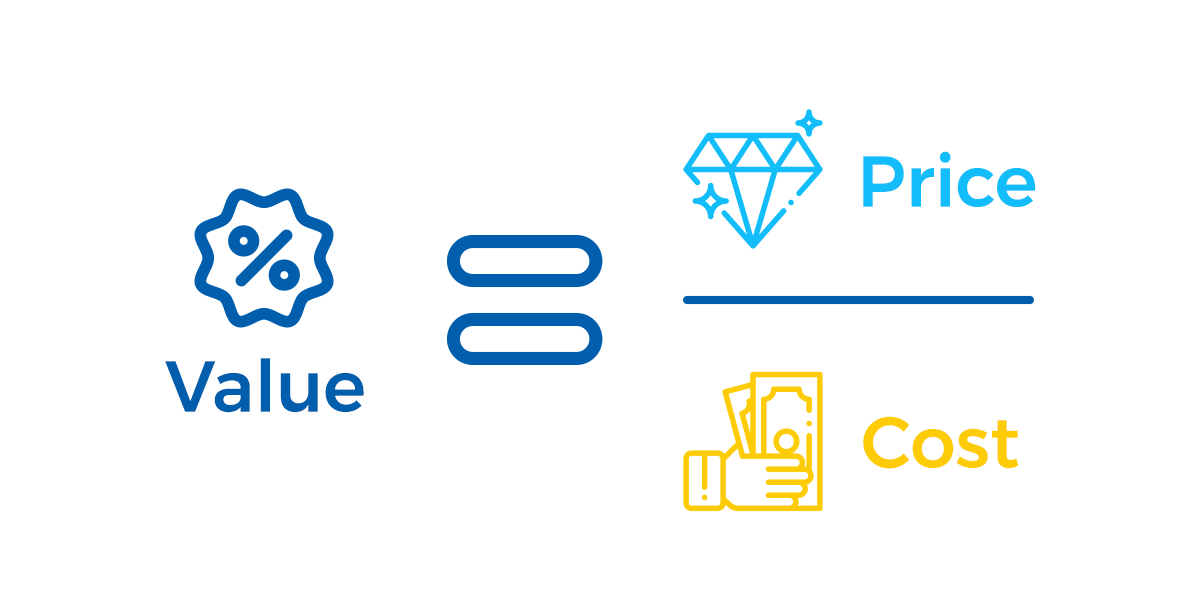
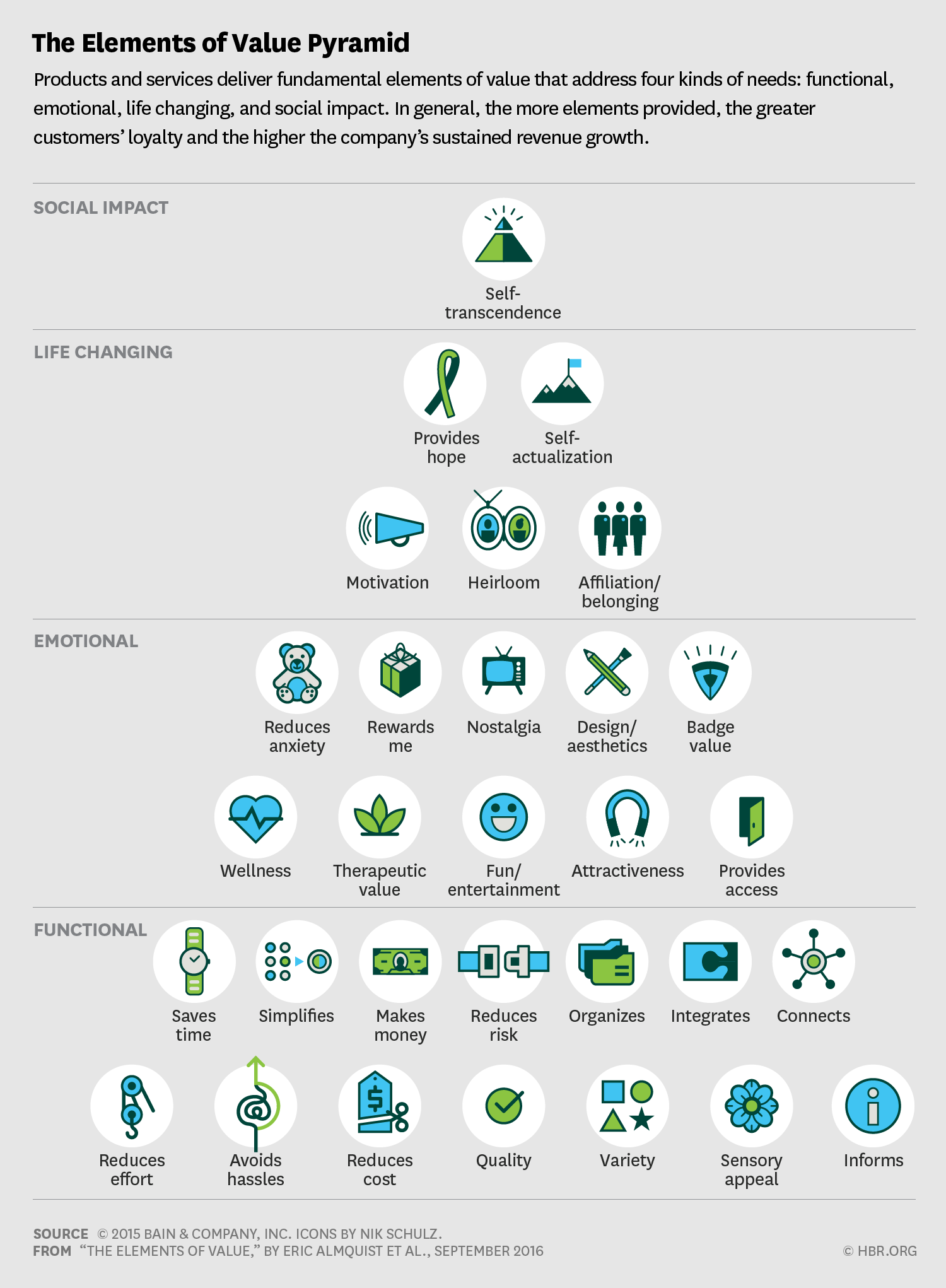
Don’t lose touch with your consumers
For more information on our Understanding the New Normal consumer insights program, get in touch.
Delivering value is key for brands in a fragile economy

